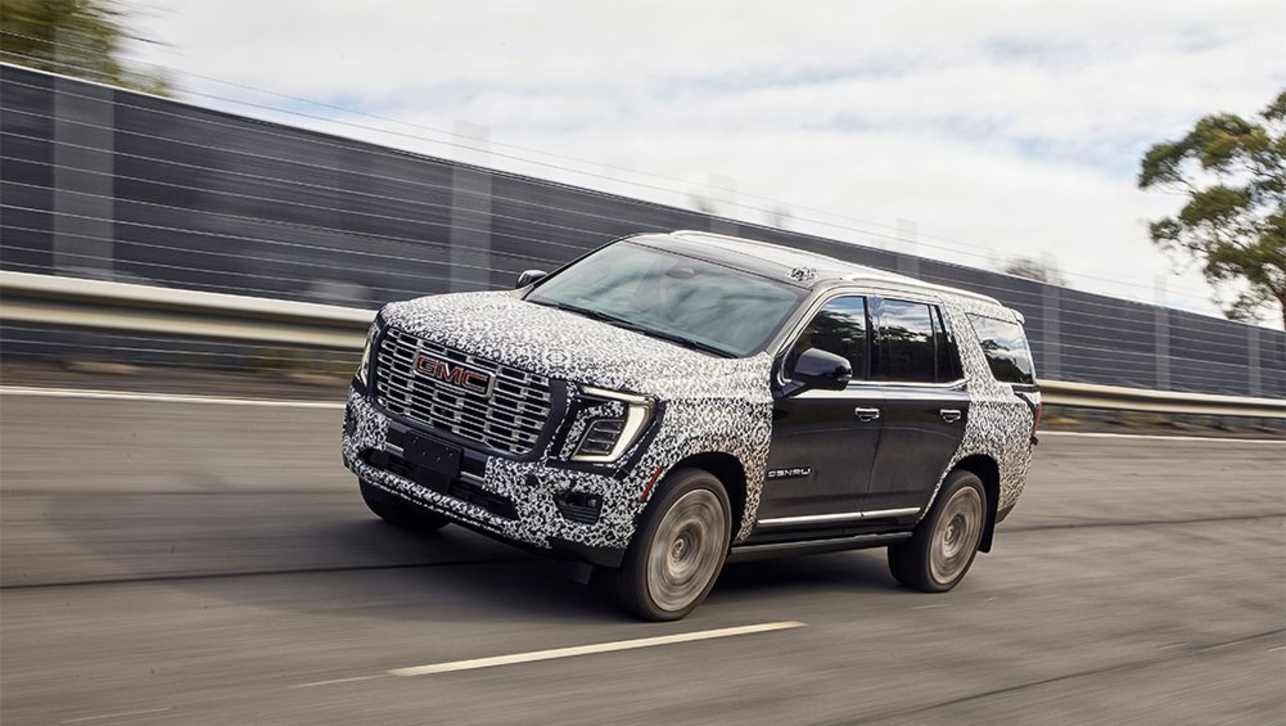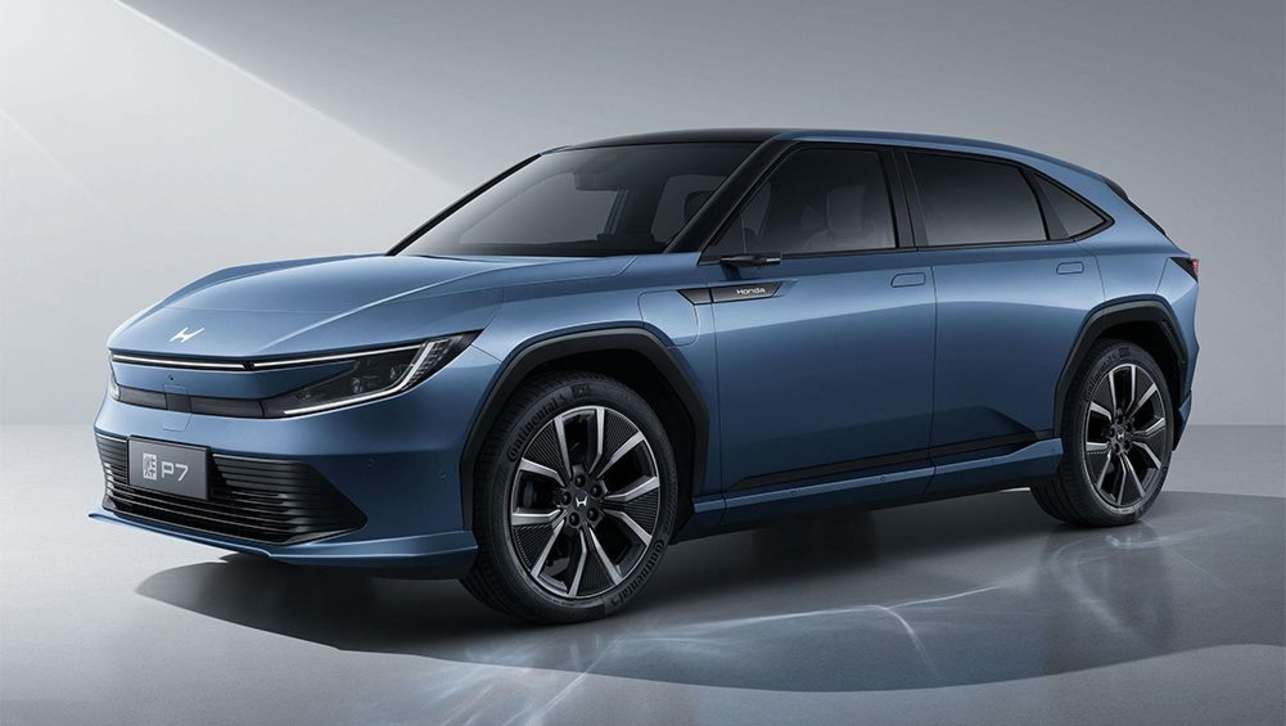The German giant created a storm when it fitted a 5.0-litre Lamborghini V10 with twin turbos for the rampaging RS6 sedan and wagon versions of the current A6, which arrived in Australia from late 2008.
That engine produced a whopping 426kW and 650Nm, allowing for a 0-100km/h sprint of 4.6 seconds and hitting the hip pocket hard with an average fuel economy figure of 14 litres per 100km.
An Audi insider this week confirmed there would be no such engine for the next generation RS6. "It was amazing, great, but we will not be doing this again,'' says the source.
With Audi management demanding significant fuel economy gains from each new model as environmental concerns continue to affect its engine policy, the twin turbo V10 was simply too thirsty and emitted too much C02.
However, our source says there is no way Audi will walk away from a high-performance version of its big luxury sedan. "We like the environment, but if you don't do something like that (RS6) then we could lose customers to BMW and Mercedes-Benz who do.''
CarsGuide understands the new RS6 will run with a hot V8 engine that will either feature a supercharger (like the existing 3.0-litre V6) or two turbos, the latter is the most likely option. It is not clear what Audi will use for the upcoming S6, which sits between the A6 and the RS6, but it is likely to be either a hot version of the supercharged 3.0-litre V6 from the new A6 or a detuned version of the RS6 engine.
The current S6 runs a non-turbocharged version of the Lamborghini V10 engine from the RS6. Audi engineers are looking to reduce the number of cylinders and also the size of its engines to help reduce the weight of the engines which will bring handling benefits.
Audi Australia will introduce the next generation A6 in Australia this July. A wagon version is expected to follow within a year, followed by high performance variants.



.jpg)
.jpg)
.jpg)
.jpg)

.jpg)
.jpg)



.jpg)




.jpg)








Comments